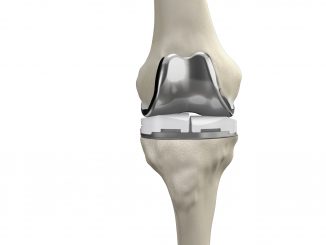
Typically, moles seem harmless at first glance and require no treatment, but sometimes we have to remove them, either for aesthetic purposes or because they are carcinogenic. There are several methods of excision, and some may be more appropriate than others depending on your needs. The final decision is taken by the patient alongside the specialist doctor, according to the type of mole and the reasons for removing it.
Mole removal methods
Shave excision. The shave excision method can be recommended by the doctor after a dermatoscopy is performed beforehand. This method consists in cutting the mole with a scalpel followed by the coagulation of the base vessels either by electrocautery or laser.
The removed mole may be sent to the histopathological examination for a definite diagnosis. When an aesthetic result is desired, if the mole type allows, it is possible to shave the excision directly with the electrocautery at the base of the lesion, thus minimizing the risk of bleeding. Since the excision is performed on a superficial skin layer, the scar will be minor. Over time, however, there is a minimal risk that the mole reappears.
Unpigmented moles can be removed by excision shaving, as opposed to pigment ones, to which the same method can not be applied, as there may be potential malignancy. In the case of superficial moles, the removal of lesions can be performed directly through electrocautery or laser. Laser treatment can be used for harder-to-reach areas, such as the face or ears, and can be useful in removing multiple moles at the same time. If the excision takes place around the face area, a less invasive method is most likely to be recommended.
Surgical excision. This method is much deeper than the shave excision because the mole is removed to the depth, with lateral “safety” margins. The piece thus obtained can be sent to a biopsy for diagnosis. The method is applied to both pigmented and non-pigmented moles that may have a carcinogenic potential.
This type of intervention is likely to leave a scar, but this is highly dependent on the patient’s predisposition to develop hypertrophic scars and the localization of the lesion. On the neck and back area, the scars will be more pronounced, while on the face the restoration will be smoother. It can also happen that the skin restoration is exaggerated with the formation of excess collagen, which will lead to the formation of a severe, large scar, called cheloid. However, this happens in rare cases.
Cryotherapy with liquid nitrogen. With liquid nitrogen, moles that are not cancerous and have not grown to the deeper layers of the skin can be frozen and successfully removed. Although it is a relatively simple procedure, this excision method can leave behind minor scars because the depth and excision surface cannot be very well controlled.
Therefore, choosing the proper method for removing a mole depends on the risks it comes with, its type, location and size. After a consultation and dermatoscopy, the dermatologist will recommend the appropriate procedure for removing the mole.



Leave a Reply